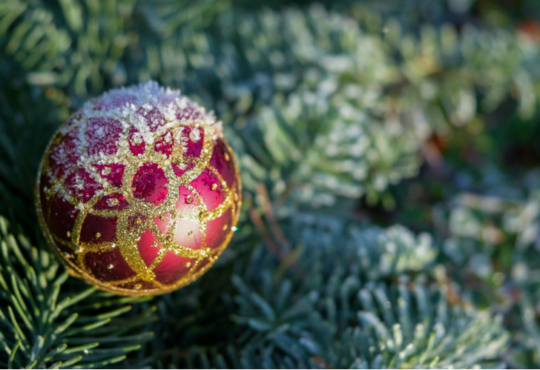
Artificial Christmas Trees: A Foundation for Science Projects and Experiments
The Versatility of Artificial Christmas Trees for Science Projects
For many of us, artificial Christmas trees are a staple during the holiday season. These trees provide a convenient and reusable option for creating an elegant and festive display in our homes. However, did you know that artificial Christmas trees are also an excellent foundation for science projects and experiments?
Due to their versatility, artificial Christmas trees can offer a unique scientific exploration experience for children and adults alike. Kids can use these trees as their lab, discovering the world of science while having fun as they create simulations, models, and experiments.
For example, some science projects using artificial Christmas trees include creating a simulated volcanic eruption. Children can use the branches of the tree to shape the volcano while using baking soda and vinegar to create the eruption. The branches of the tree can also be used as a tool to demonstrate the flow of lava and how other materials can influence the path of the flow.
The tree branches can also be used to study magnetism, gravity, and light scattering. Additionally, artificial Christmas trees can serve as a foundation for many plant experiments, such as testing the impacts of different light frequencies on plant growth and photosynthesis.
The Science of Artificial Christmas Trees
Artificial Christmas trees themselves also offer a fascinating foundation for scientific exploration. From their composition to their environmental impact, artificial Christmas trees can spark scientific curiosity for anyone interested in learning more.
For example, artificial Christmas trees are typically made of PVC plastic, known for its durability and resilience. However, these materials can release chemicals during production and use, leading to air pollution and other environmental concerns. Studies have shown that these trees may release harmful chemicals known as phthalates, which can cause various health problems.
Artificial Christmas trees can also be explored from an energy standpoint. Christmas trees that light up require a considerable amount of electricity. For the environmentally conscious, choosing an artificial Christmas tree with LED lights instead of traditional incandescent bulbs can be an excellent way to conserve energy and reduce your carbon footprint.
In addition, artificial Christmas trees can be explored for their recyclability. Many manufacturers try to create more eco-friendly Christmas tree options, such as trees made of recyclable materials, which can lessen their environmental impact.
Conclusion:
Artificial Christmas trees provide far more than just a festive display during the holiday season. They can inspire exploration and creativity in science and provide a foundation for exciting experiments and projects. In addition, artificial Christmas trees can be studied better to understand their impact on the environment and energy consumption. Adding an artificial Christmas tree to your home can provide an excellent foundation for scientific exploration all year round.



